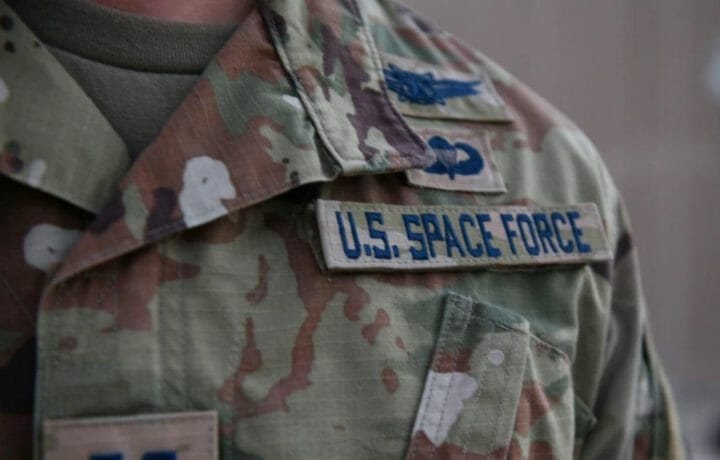The United States Space Force announced this week that it has exercised a second contract option with aerospace giant Lockheed Martin for the procurement of three additional GPS III Follow On (GPS IIIF) space vehicles (SVs). The contract is valued at approximately $737 million and is for GPS IIIF SVs 15, 16 and 17 (SV 15-17).
The GPS IIIF satellites build off Lockheed Martin’s next generation GPS III satellites (SV 01-10), and are reported to provide three times greater accuracy, up to eight times improved anti-jamming capability and increased resiliency, in addition to modernization, compared to legacy GPS satellites in today’s constellation. GPS III further offer a new L1C civil signal that is compatible with other global navigation satellite systems, including Galileo.
“GPS IIIF satellites will add new capabilities and advanced technology to the GPS constellation, including Regional Military Protection (RMP); an upgraded Nuclear Detection Detonation System (NDS) payload; a safety-improving Search and Rescue payload; and an accuracy-enhancing Laser Retroreflector Array (LRA),” Dave Hatch, Lockheed Martin’s GPS IIIF program management director, said in a statement. “The RMP capability further reinforces GPS III/IIIF as a warfighting system, providing up to 60x greater anti-jamming for our warfighters operating in contested environments.”
GPS III/IIIF support the Space Force’s effort to modernize the current GPS satellite constellation.
Third Option – New and Improved
This is the third contract option awarded to the defense contractor under a 2018 agreement worth $7.2 billion for up to 22 satellites. The first contract was a $1.3 billion order in September 2018 for two GPS 3Fs (SV 11 and 12); while the second, in October 2020, was a $511 million contract option for two satellites (SV13 and 14).
GPS IIIF SV13 and beyond will also incorporate Lockheed Martin’s LM2100 Combat Bus, which an enhanced SV that promises to provide even greater resiliency and cyber-hardening against growing threat. It also features improved spacecraft power, propulsion, and electronics. The Lockheed Martin evolved bus incorporates many common components and procedures to streamline manufacturing.
LM2100 Combat Bus vehicles are also capable of hosting Lockheed Martin’s Augmentation System Port Interface (ASPIN), which would allow for future on-orbit servicing and upgrade opportunities.
According to the United States Space Force, the GPS IIIF satellites will also be equipped with advanced anti-jamming capabilities, as well as an upgraded nuclear detection detonation system payload, improved search and rescue payload, and a even laser retroreflector array that provides greater geolocation accuracy.
Jam On
Last Month, the U.S. Space Force also awarded L3Harris Technologies a $120.7 million contract to produce ground-based communications jammers that could be utilized to block an adversary’s satellite transmissions. Under the terms of the contract, which was first announced on Oct. 22, L3Harries will upgrade 16 Counter Communications System (CSS) Block 10.2 units at Peterson Space Force Base (SFB), Colorado; Vandenberg SFB, California; Cape Canaveral SFB, Florida; and classified locations overseas.
The U.S. Air Force initially deployed the CCS in 2004 to foil electronic warfare (EW) jammers that other countries were using to disrupt American satellites. Work on the CSS Block 10.2 units is slated to be completed by February 2025 and will be performed in Melbourne, Fla.
“Denying our enemies the ability to use their space assets protects U.S. warfighter operations,” said Ed Zoiss, president of L3Harris Space and Airborne Systems in a statement.
The Space Force Space Systems Command said this was a competitive award and two offers were received.
The U.S. Air Force first deployed the CCS in 2004 to foil electronic warfare jammers that were being employed to disrupt American satellites. An upgraded CCS Block 10.1 was developed in 2014, and L3Harris is the prime contractor for both versions 10.1 and 10.2.




